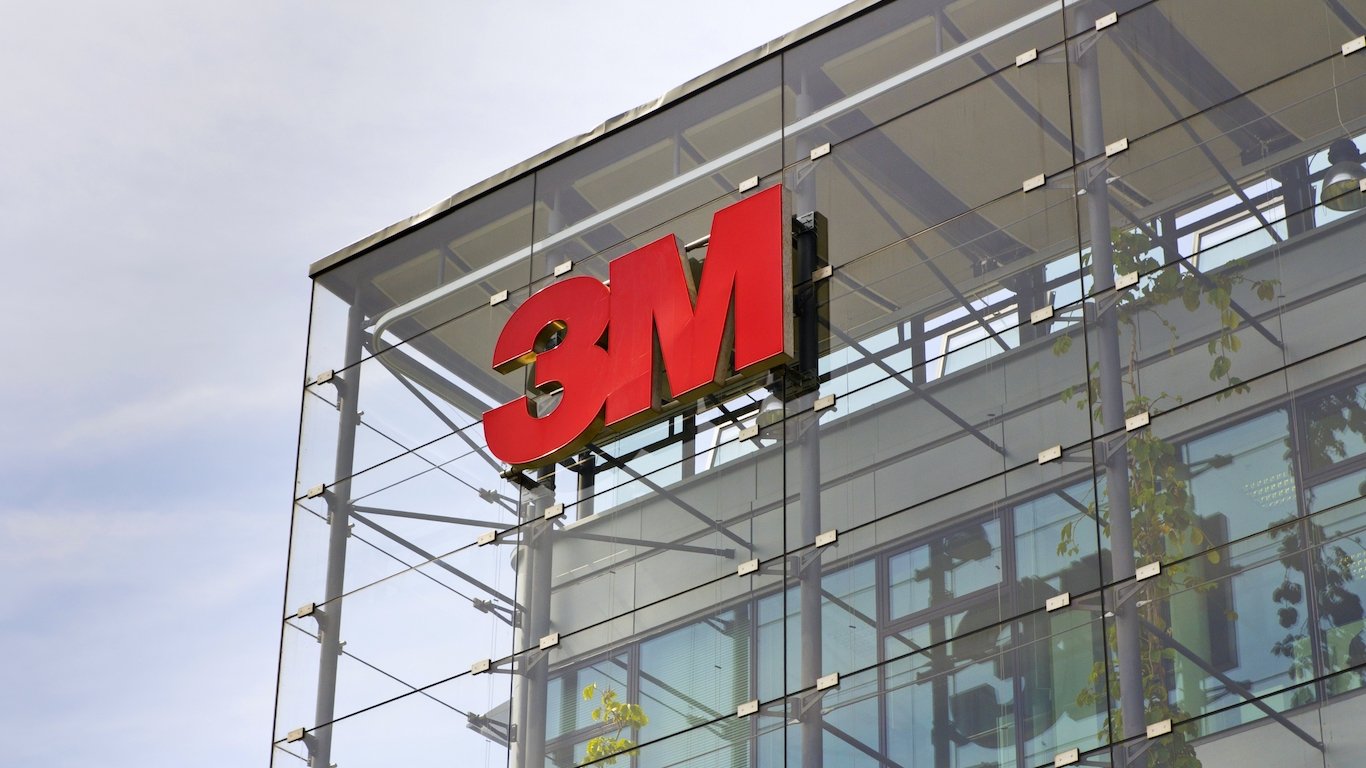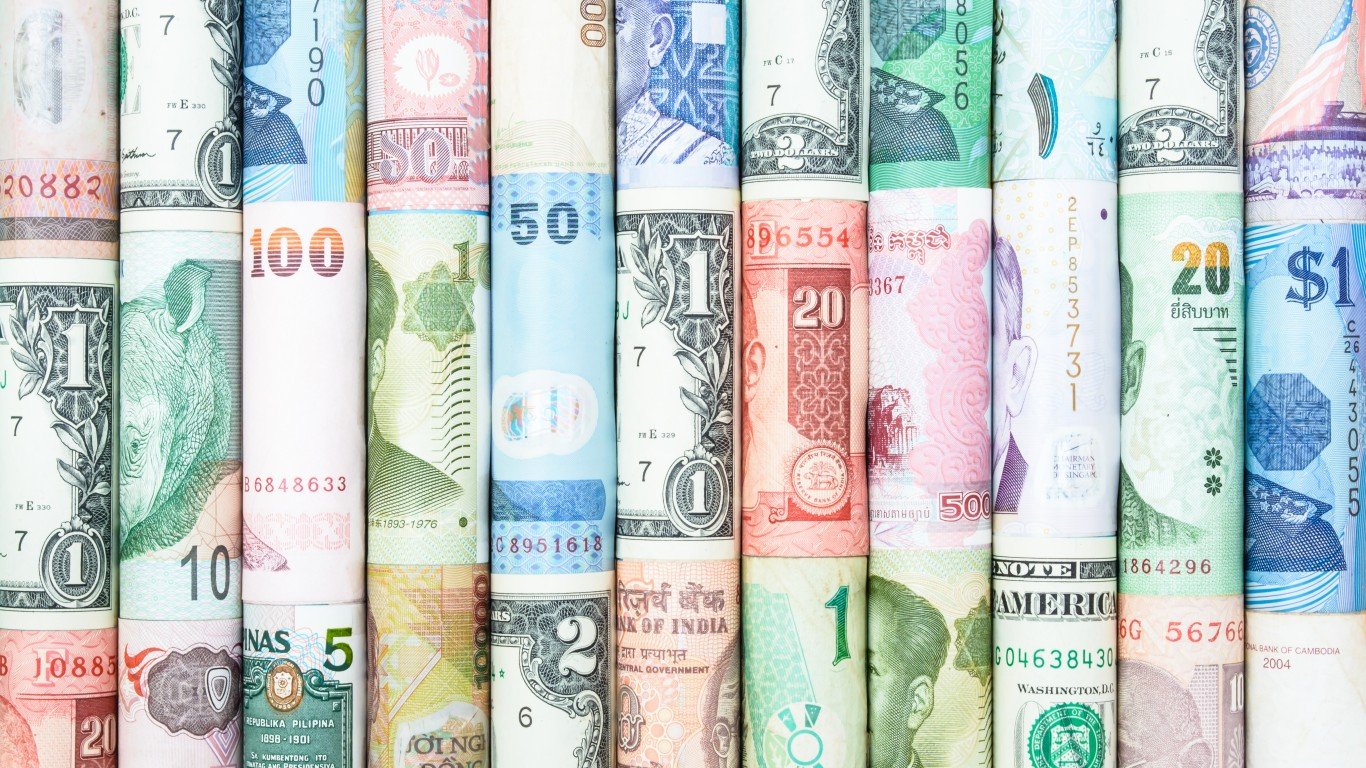

It’s a tough time to be a true industrial conglomerate. While the woes of 3M Co. (NYSE: MMM) may still be light years better than a generally eclectic rival conglomerate, 3M seems to have lost its way. Currently very few investors and analysts seem willing to stick their necks out on when 3M’s road to recovery will become smooth sailing. After a very strong 2017, and after its shares peaked at almost $260 in January of 2018, 3M shares have lost nearly one-third of their value, and the company cannot directly blame just one or two macro issues outside of its control.
The big question that investors need to ask is whether 3M’s continually rising dividend is safe. They also should have a right to wonder if 3M can sustain its multidecade streak of annual dividend hikes. When 3M raised its dividend 6% to $1.44 per share each quarter in February of 2019, that marked more than 100 years of consecutive dividend payments and it made for 61 consecutive years of dividend hikes. That blows away the so-called Dividend Aristocrats and makes 3M one of just a tiny portion of S&P 1500 companies with 50 years of dividend hikes.
It may seem way too soon to question 3M’s consistent history of dividend hikes. After all, 61 years is a better track record than most of the investing community can even physically vouch for. What has changed in recent years is that 3M made some rather aggressive dividend hikes since the Great Recession.
The 3M dividend hike announcement from February of 2019 was up 6% from the prior year. At the time of that hike, CEO Mike Roman talked up the strength of 3M’s business model enabling it to generate premium margins and strong cash flows consistently and to build on its long history of returning cash to its shareholders. That said, many things were happening up to that point and a lot of things have happened since then.
3M’s dividend hikes were above normal in 2018 (16%), 2015 (20%) and 2014 (35%). That has led to nearly a tripling of the dividends per share paid out to investors since the end of the Great Recession. Its current dividend yield is 3.3%, which is now well above average for Dow Jones industrials and the S&P 500. It is also more than 125 basis points higher than the 10-year Treasury note.
The dividend announcement of May 2019 also showed that the share count had dropped to 576,426,706 common shares. An annualized dividend payout of $5.76 per share implied a baseline annual dividend liability of $3.32 billion every year that has to come out of earnings. 3M’s operating earnings rose to $7.33 billion in 2017 but ticked lower to $6.87 billion in 2018, and that figure is expected to be down roughly 10% on an adjusted earnings-per-share basis. 3M’s net income from operations was $5.36 billion in 2018.
3M’s long-term debt has risen in recent years and likely will be higher yet again in 2019. That long-term debt balance stood at $8.75 billion at the end of 2015 but has risen each year, and 3M ended 2018 with some $13.4 billion in long-term debt. Earlier in 2019, 3M announced a realignment wherein it took five business groups down to four.
In May of 2019, 3M announced a $6.7 billion enterprise value acquisition of Acelity. While the deal comes at 11 times adjusted earnings before interest, tax, depreciation and amortization (EBITDA) and is said to be $0.35 per share accretive to earnings in the first 12 following completion of the deal, 3M adjusted its full-year 2019 share repurchase commitment down to a range of $1.0 billion to $1.5 billion from the original range of $2.0 billion to $4.0 billion. 3M also said that it plans to finance the Acelity buyout with available cash and proceeds from new debt.
Thank you for reading! Have some feedback for us?
Contact the 24/7 Wall St. editorial team.
 24/7 Wall St.
24/7 Wall St.


